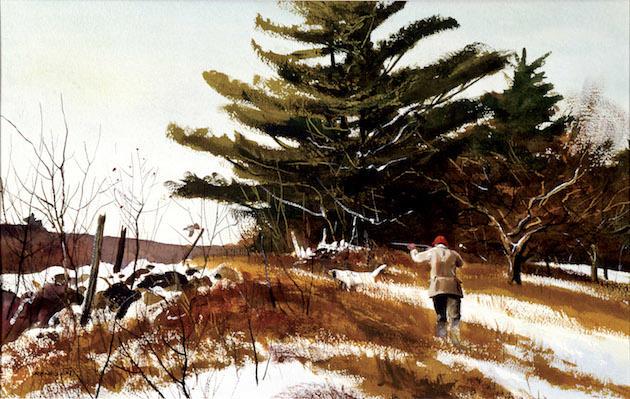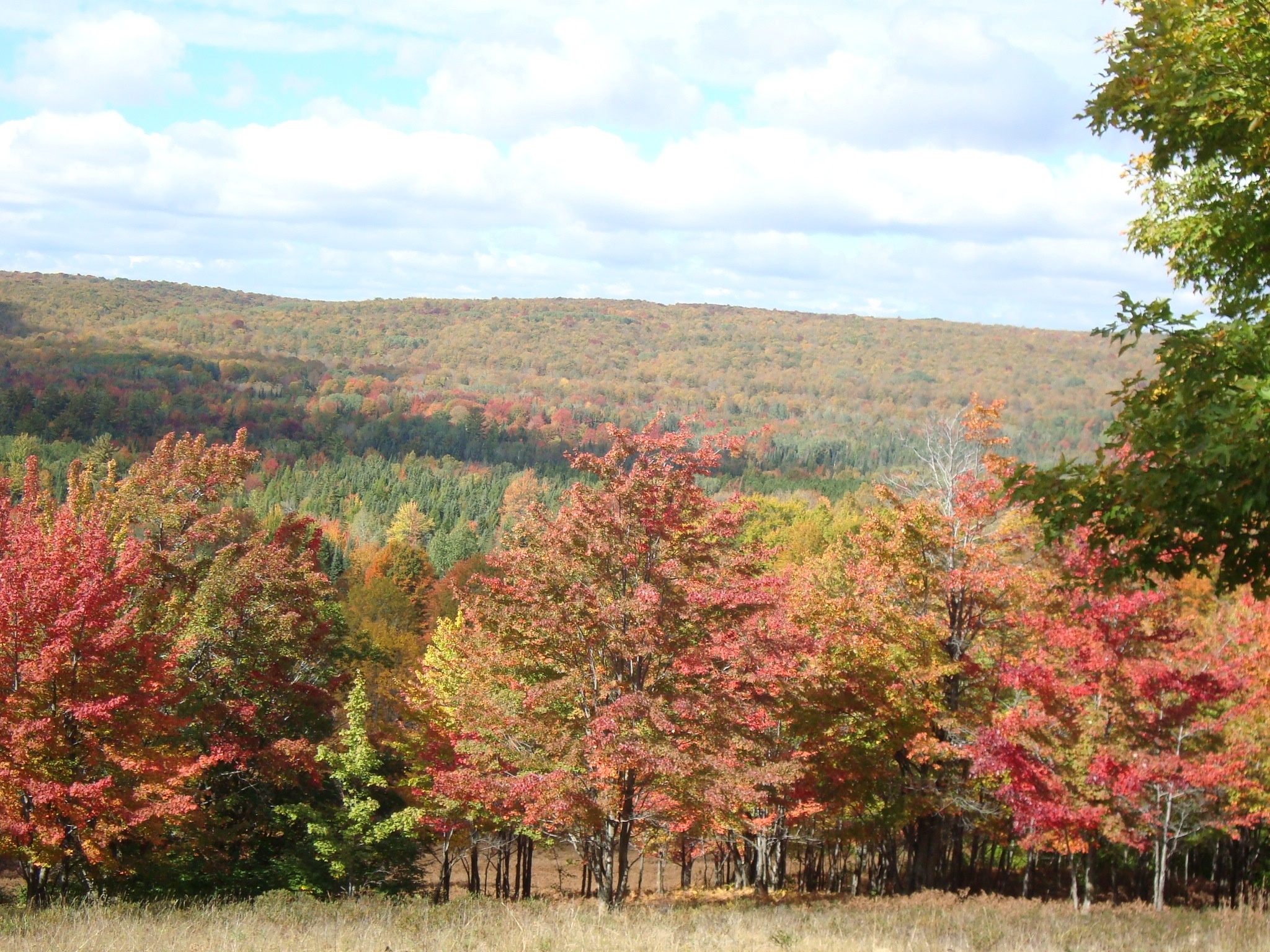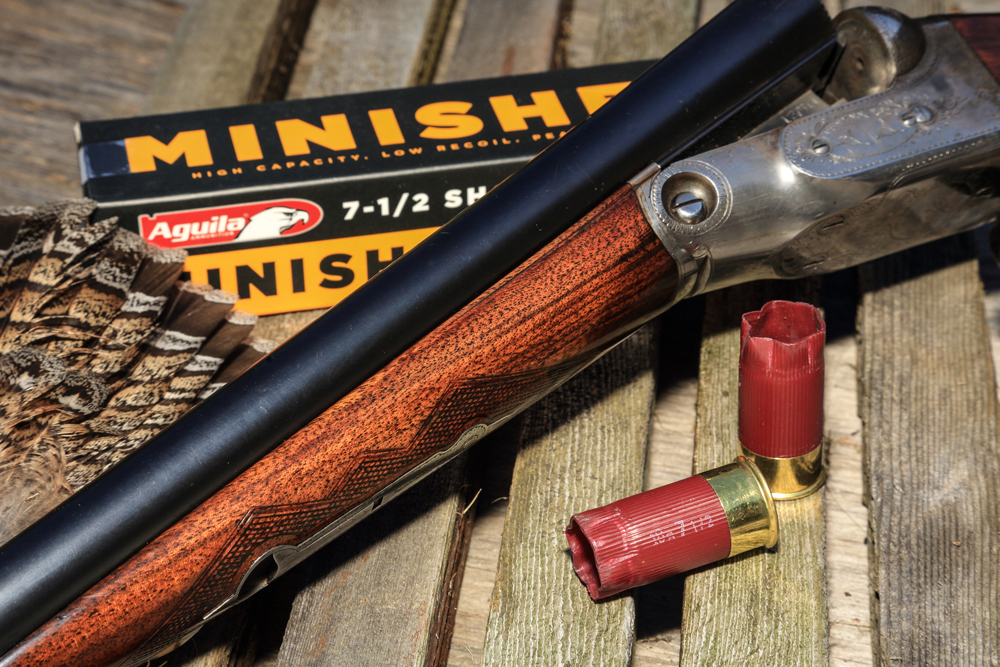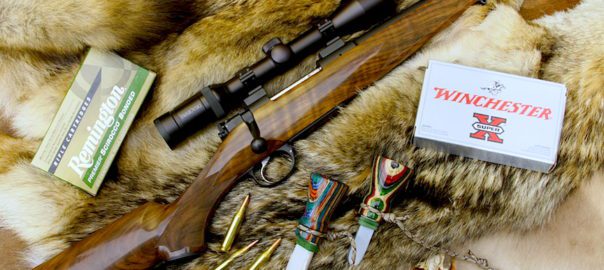Anyone who wants to try grouse hunting has an opportunity to access hunter walking trails that guide nonmotorized users through grouse habitat in northern and central Minnesota.
“Hunter walking trails are a fun way to check out new areas and they do provide good hunting,” said Ted Dick, forest game bird coordinator for the Minnesota Department of Natural Resources. “New hunters can follow these trails and not worry about getting lost or wandering off public land. And you can get away from trucks and four-wheelers, and into some decent grouse habitat.”
Minnesota’s 600 miles of hunter walking trails are located in the northern forested area of the state where grouse are abundant. There are more than 200 hunter walking trails. Most have convenient parking and signs at the trailhead.
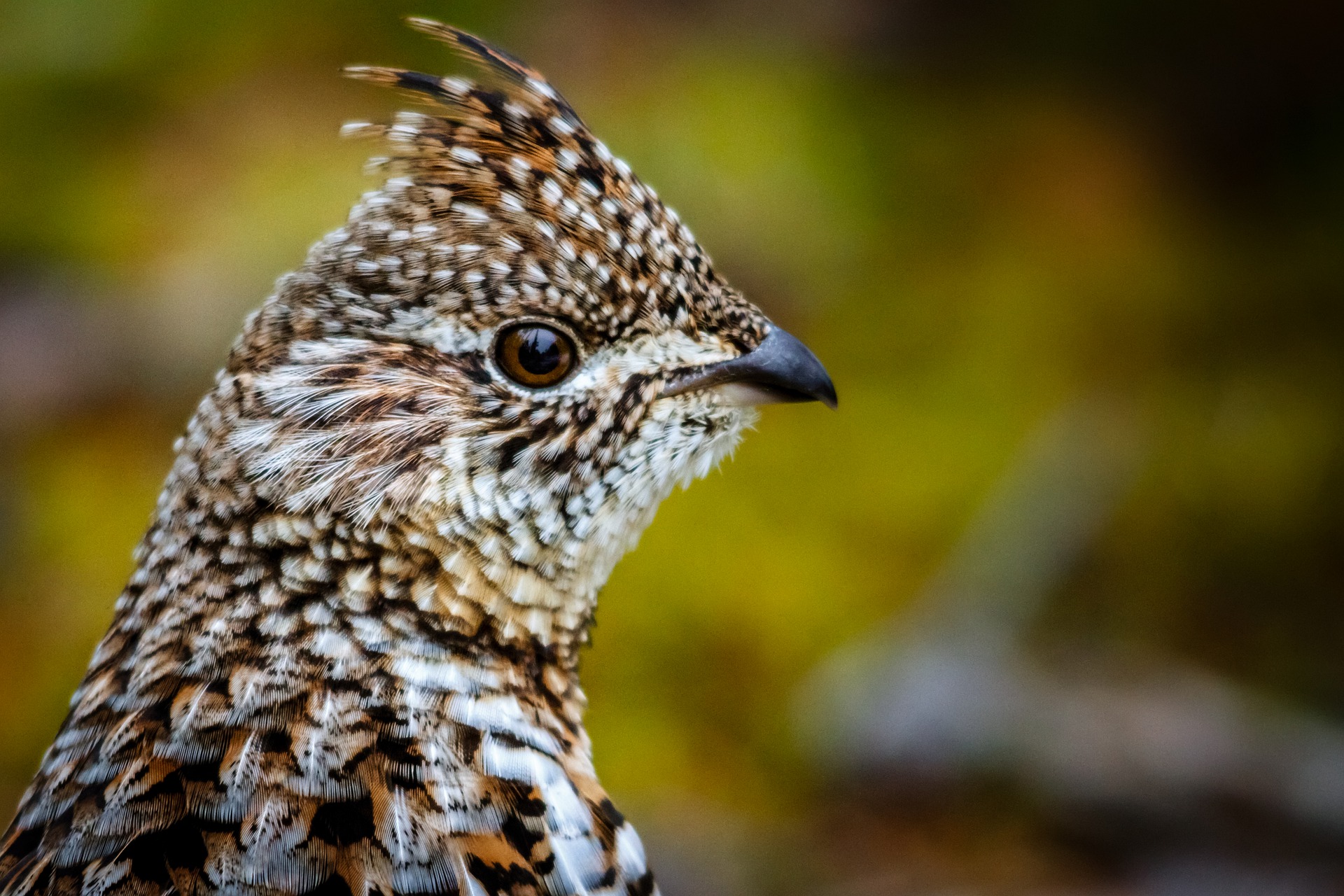
“Our grouse hunting is better than any other state, so if you have the urge to try an activity you haven’t done, it’s as easy this year as any other and hunter walking trails are a good place to start,” Dick said.
An avid grouse and woodcock hunter himself, Dick has taken youth and new hunters on hunter walking trails over the years and uses the trails as a fun way to check out a new area to hunt.
“I’ve taken kids to areas I don’t know very well, and they’ve shot their first bird and we’ve had great hunting on places we all went into cold,” Dick said.
The DNR partners with other organizations and land managers to maintain some hunter walking trails. A new $300,000 grant from the Environment and Natural Resources Trust Fund to the Minnesota Ruffed Grouse Society has a goal of restoring about 200 trailheads and 80 miles of existing trails, adding 20 miles of trail and updating trail maps for land managers and trail users.
The DNR and partners developed the system of hunter walking trails beginning in the 1970s. Timber harvest around the trails is the main tool used to create quality grouse and woodcock habitat. The trails wind their way through wildlife management areas, ruffed grouse management areas, state forests and other types of public land.
Trails are generally mowed once a year as hunting season approaches. With or without a dog, the trails can offer a surefire way to get out and get away from it all.
Online and downloadable maps of hunter walking trails and more information can be found on the hunter walking trails page.
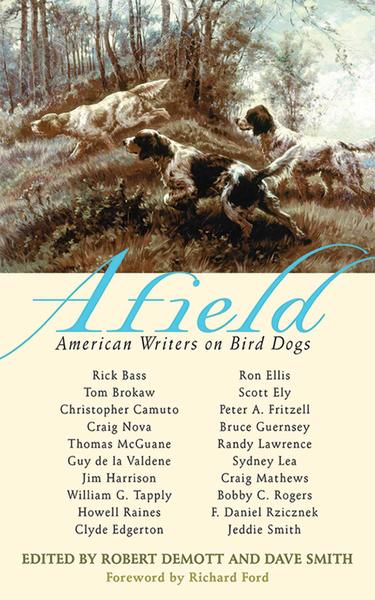
Do you hunt grouse with a dog? Afield is a marvelous collection features stories from some of America’s finest and most respected writers about every outdoorsman’s favorite and most loyal hunting partner: his dog. Available in the Sporting Classics Store.
Want to start grouse hunting?
Grouse hunting may be the easiest way to get into hunting – or if nothing else, get in a good hike.
“Grouse hunting for a lot of people is an excuse to get into the woods and away from the day-to-day stress,” Dick said.
To get started, find a shotgun, a blaze orange vest and hat, and buy a valid small game license. Unless you pepper the social media world with selfies, you need not worry about fashion. You don’t even need a dog. Caution though: Hunting with a dog can be rewarding and habit forming.
In Minnesota, grouse, considered by some “the king of game birds,” are generally found in or near aspen trees, so once out there keep an eye out for aspen – especially young stands with broomstick width stems.
“We always say that in good grouse habitat, if you trip you won’t hit the ground because it’s too thick to walk through,” Dick said.
Grouse season is open now and lasts through Jan. 1, 2020. If you’re also targeting woodcock, make sure to get a HIP certification when you buy your license. The woodcock season ends Monday, Nov. 4. Hunters can even help the DNR collect samples for West Nile virus and enter to win a shotgun doing so. For the details, check the DNR’s grouse hunting page.

